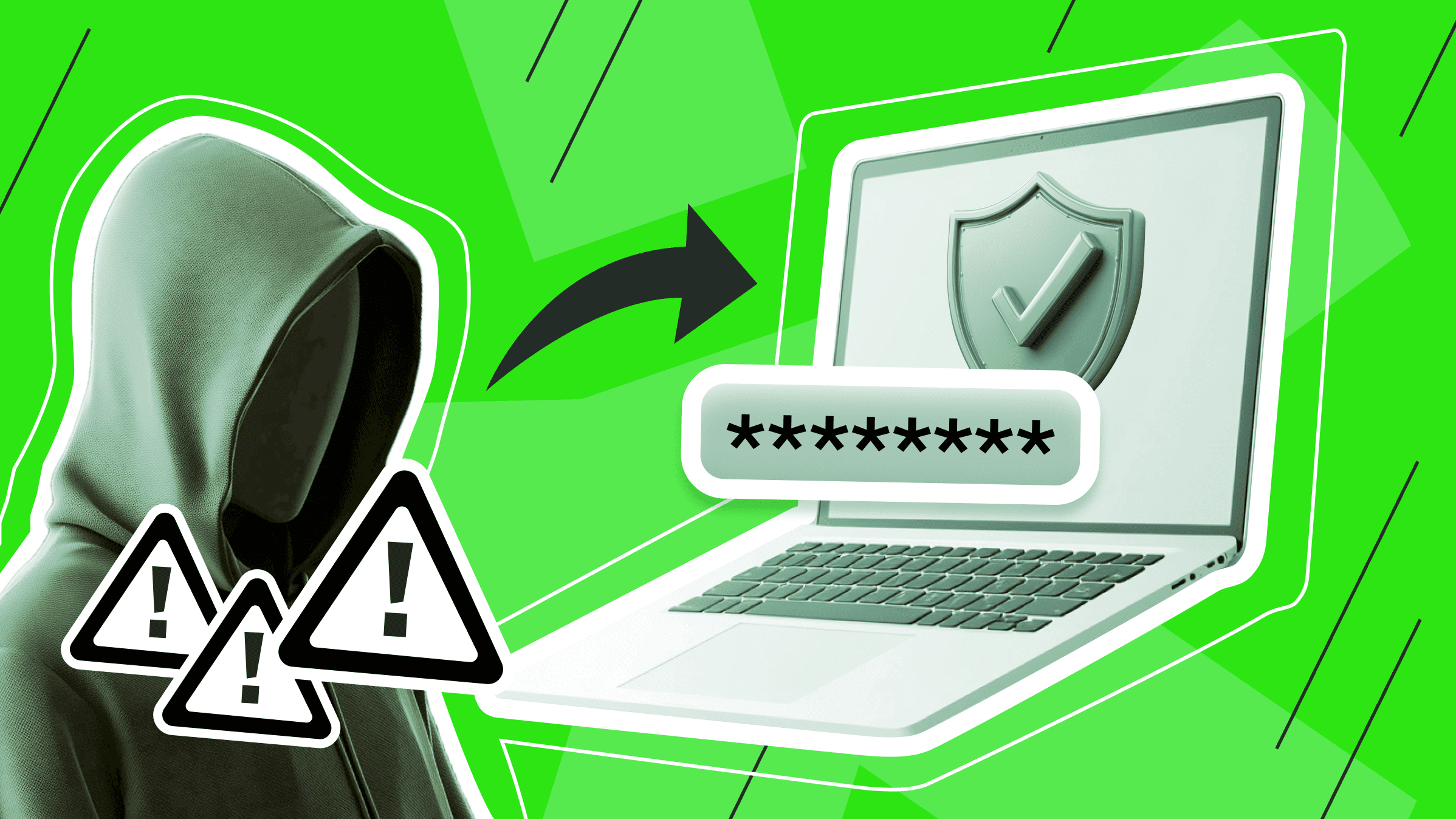
As cyber threats get more and more complex, organizations are paying more attention to cybersecurity. One way to find and fix security problems is through a penetration testing service. This service simulates real-world cyber attacks to find weaknesses before hackers can take advantage of them. In this article, we'll take a look at how penetration testing works, the different types available, and the tools involved. We'll also discuss why organizations use it to improve their security.
What is Penetration Testing?

Penetration testing, or pentesting, is a way to test the security of a computer system, network, or web application by simulating a cyber attack. The idea behind penetration testing definition is to look at the process and find any weaknesses that attackers could use against you. Organizations can now find and fix these weaknesses before they are exploited in a real attack. This will help to keep their sensitive data and critical systems safe.
What is penetration testing in software testing? It is a process that includes planning, gathering information, threat modeling, exploitation, post-exploitation, and reporting. These penetration testing steps make sure that the target system's security is thoroughly evaluated. Later on, we'll take a closer look at each step of the pentest methodology and explain what penetration testing in software testing is all about.
Ultimately, penetration testing is a necessary part of keeping your business safe online. Once you understand the meaning of penetration testing, you can see how it helps organizations identify and fix vulnerabilities. It also creates a culture of security awareness and encourages a proactive approach to managing risks. Gaining a penetration testing certification can further validate a professional's expertise in this critical field.
How Does Penetration Testing Work?

There are several stages to penetration testing, and each one is important for identifying weaknesses and determining where a system is vulnerable. It involves a series of well-defined steps that each have their own purpose and contribute to the overall effectiveness of the test. Here's a more detailed look at the pentest steps in the process.
Stage 1: Planning and Preparation
Pentesting starts with planning and preparation. This phase is really important because it sets the foundation for the whole penetration testing process. Usually, it involves several important activities:
- First, you need to define the scope. Start with a clear vision of the scope of the test (systems, networks, and applications you'll be testing).
- Next, set some objectives. Write down your goals for the penetration test. Are you looking to find specific vulnerabilities, test how well you can respond to an incident, or see how well your security standards work? Be specific.
- Gather the resources you'll need. Time to bring in the big guns! This includes selecting the right penetration testing team, tools, and methodologies.
- Be sure you're following all the legal requirements. Get all of the necessary permissions to conduct the test.
Even at this early stage of pentesting, the team might run into some problems. For one thing, there aren't enough qualified specialists or penetration testing tools. Another issue is that some companies don't have a clear picture of their systems and applications, which can result in missing critical items.
Stage 2: Information Gathering (Reconnaissance)
In this phase of penetration testing, the goal is to collect as much information as possible about the target system. It includes:
- Passive reconnaissance. In other words - collecting information without actually interacting with the target. This could include many sources like public records, social media, and other online information about the organization.
- Active reconnaissance. The next step is to actively probe the target system to gather information. Usually, this includes techniques like network scanning, port scanning, and service enumeration to identify open ports, services running, and potential entry points.
- Mapping the attack surface. In this step, pen testers document the target system's architecture, components, services, and potential vulnerabilities. This information will be useful later, during the exploitation phase - they'll be able to focus their efforts where they are most effective.
Common problems in this phase include security systems that will interfere with scanning and other research methods. Another potential problem is a lack of coordination between team members.
Get the most out of your budget with our affordable, efficient VPS solutions. Fast NVMe, 30+ countries, managed and unmanaged VPS.
Stage 3: Threat Modeling
During the threat modeling phase, penetration testers look over the information they've gathered to find any potential threats or vulnerabilities.
The first thing the team needs to do is identify the critical assets in your target environment. That can be something sensitive like data, or anything that's essential for the system to work, like apps. Next, testers look for weak points where attackers might get in. They often use vulnerability databases and other sources of threat intelligence to do this. Then, they figure out which risks are most important to the organization. This involves weighing factors like the potential impact of an attack, how likely it is that an attack will happen, and the value of the assets that could be damaged.
Stage 4: Exploitation
In the exploitation phase, penetration testers try to exploit any vulnerabilities they've identified to gain unauthorized access or control over the target system. This includes:
- Executing attacks. For example going after known exploits, using social engineering tactics, or even writing custom scripts to gain access.
- Gaining access. Once a vulnerability has been successfully exploited, testers are looking to gain access to the system or data. This could mean getting user credentials, increasing privileges, or gaining access to sensitive information.
- Documenting the results. As they go along, testers make notes about what they do, how they do it, and what they find out. This information will be used later in the reporting phase.
At this stage, potential difficulties are related to the execution of attacks - the system's defenses may block the testers' actions. Furthermore, documenting the results requires precision, without which it is difficult to write a detailed final report.
Stage 5: Post-Exploitation
Once the exploitation is complete, the post-exploitation phase is about checking how badly the breach has affected things and gathering more information. This phase includes:
- Impact assessment. This involves evaluating how much access was gained and determining potential damage to the company.
- Keep that access open. Penetration testers can try to set up a long-term presence within the system to show how attackers could maintain access over time.
- Data exfiltration. Testing the ability to extract sensitive data from the target system illustrates the potential risks associated with the vulnerabilities.
In the post-exploitation phase, it can be hard to assess the impact and maintain access to a restricted system if security systems detect testers quickly.
Stage 6: Reporting
The last step in penetration testing is reporting. This is where testers put together all of their findings in one place, along with some suggestions for how to fix the problems they've found.
This report includes an executive summary that gives a quick overview for people who aren't technical experts. It's followed by detailed findings that outline each discovered vulnerability, how they were exploited, and what impact they could have on the organization.
The report also includes practical recommendations for fixing the problems it finds, with specific steps to address the vulnerabilities and improve security.
What are the Types of Penetration Testing?

There are different types of pen tests, depending on how much information the testing team gets, how visible the test is, and what the assessment covers. It's important to choose the right penetration testing methodology so that the test is tailored to meet your company's specific needs and objectives. Let's take a look at some of the most common examples of penetration testing.
Open-box Pen Test
In open-box pen testing, also called white-box testing, the penetration testing team gathers detailed information about the target system. In this scenario, testers focus on areas that need the most attention and complete a more thorough assessment. This approach is often used when the company already has a good relationship with the testing team and wants to make sure that they identify and address all potential vulnerabilities.
Closed-box Pen Test
A closed-box pen test—also called a black-box test—is done without any prior knowledge of the target system. The testing team is provided with minimal information—usually just the name of the company and what they're looking to assess.
This approach simulates a real-world scenario where an attacker doesn't know much about the target and has to use reconnaissance and exploitation techniques to find and exploit vulnerabilities. Closed-box testing lets businesses find out where they're at risk from the outside and see how well their security measures work when someone tries to attack them.
Covert Pen Test
A covert pen test, also called a stealth test, is designed to see how well an organization can spot and react to a real-world attack. In this kind of test, the penetration testing team tries to get into the target system without the organization's security team knowing about it. The goal is to see how well the organization's security monitoring and incident response capabilities work in real life.
Covert testing is a popular methodology for determining where companies fall short in their ability to spot and deal with threats.
External Pen Test
An external pen test focuses on assessing the security of a company's systems and apps that are online, like web servers, email servers, and VPN gateways.
This type of test is designed to find weaknesses that could be exploited by external attackers and assess how well the organization's perimeter defenses are working. Sometimes, companies get an outside team to test their systems to see how they stack up against online threats. This is often part of a bigger security review or in response to specific concerns about the company's exposure to internet threats.
These are just a few examples of the many types of penetration tests that can be done to assess a company's security. Different organizations have different goals, resources, and risk profiles, so the best type of test for one company might not be the best for another. In order to choose the right penetration test for your organization, it's important to learn about the different types of penetration tests available.
Best Penetration Testing Tools

Penetration testing uses many different tools to find and exploit weaknesses in systems, networks, and apps. For those new to the field, learning how to do penetration testing effectively can start with learning these tools and how to apply them in real-world scenarios:
- Metasploit. A comprehensive framework for developing, testing, and executing exploits against target systems, with built-in automated vulnerability assessment tools.
- Nmap. One of the best tools for penetration testing when it comes to network discovery and security auditing. It can be used to identify active hosts, open ports, and services running on a network.
- Burp Suite. A popular tool for testing web app security. It can be used to intercept and modify HTTP requests, scan for vulnerabilities, and run automated attacks.
- Wireshark. A network protocol analyzer that captures and inspects data packets. Penetration testers usually use it to analyze network traffic and identify potential vulnerabilities.
- Aircrack-ng. A suite pentest tool designed for assessing wireless network security. It’s capable of capturing traffic, cracking encryption keys, and performing various attacks.
- OWASP ZAP. An open-source web application security scanner. Testers use it to automate vulnerability detection and use manual testing tools.
- SQLMap. A tool designed to detect and exploit SQL injection vulnerabilities in web applications, automating the testing process.
- Nessus. A widely used vulnerability scanner. It identifies potential security issues across various systems and apps. Nessus can also generate comprehensive reports for remediation.
Each tool mentioned has a different role to play at various stages of the penetration testing life cycle. They help security professionals do full assessments, find out where there are weaknesses, and suggest ways to fix them. The penetration testing examples show how these tools are used in real life and offer ideas about ways to fix common problems.
VPS for Pentesting
More and more people are turning to Virtual Private Servers (VPS) for penetration testing. The reason is simple: they're flexible, scalable, and isolated. Another benefit is that they don't mess with other systems because they create a separate space for security tests.
One of the main benefits of a VPS is that you can customize the setup to suit your needs. Penetration testers have the flexibility to install and set up the tools and operating systems they need to create a realistic testing environment. On top of that, you can access your VPS remotely, which is great for security experts who want to run pen tests from anywhere.
Another big plus is that it's easy to scale up. If your testing needs change, you can adjust your VPS resources. This flexibility is necessary to stay efficient throughout the testing process.
Finally, using a VPS is often more cost-effective than maintaining dedicated physical servers. That’s why this type of hosting is usually preferred by smaller organizations and individual testers. As the penetration testing market continuesto grow, there will be a greater need for scalable and flexible solutions like VPS.
This is the ideal solution for large-scale projects, offering unbeatable protection, high performance, and flexible settings.
Benefits of Penetration Testing
Before wrapping up, let's quickly go over why so many companies are turning to pentests to keep their data secure. Knowing the definition of penetration testing helps clarify why its benefits are so significant. Here's a quick overview of the main reasons:
- Proactive vulnerability identification. Pentests help you find and fix problems in your systems and apps before someone uses them to cause trouble.
- Improved security awareness. Penetration tests reveal how to take advantage of vulnerabilities. This helps to improve security awareness and encourages the adoption of better security practices.
- Regulatory compliance. Many industries require regular security audits to stay in compliance. Pentests help companies avoid fines and legal trouble.
- Enhanced incident response. Penetration testing helps organizations identify weaknesses in their incident response plans by simulating attacks.
- Prioritized remediation efforts. Penetration test reports provide a clear picture of where vulnerabilities exist and how serious they are. This helps organizations decide where to focus their remediation efforts based on risk levels.
- More customer trust. A regular pen test shows that you're serious about security, which builds customer trust and confidence in your organization's ability to protect sensitive data.
Conclusion
We believe that any cybersecurity plan can gain a lot from a penetration test. This is primarily because it will identify vulnerabilities, boost security awareness, ensure that you're in line with the latest compliance standards, improve how you handle incidents, and build trust with your customers. Investing in regular penetration testing is a great way for organizations to significantly strengthen their defenses against cyber threats.
VPS
Choose the suitable configuration and enjoy all the benefits of a virtual private server.
From $5.00/mo

